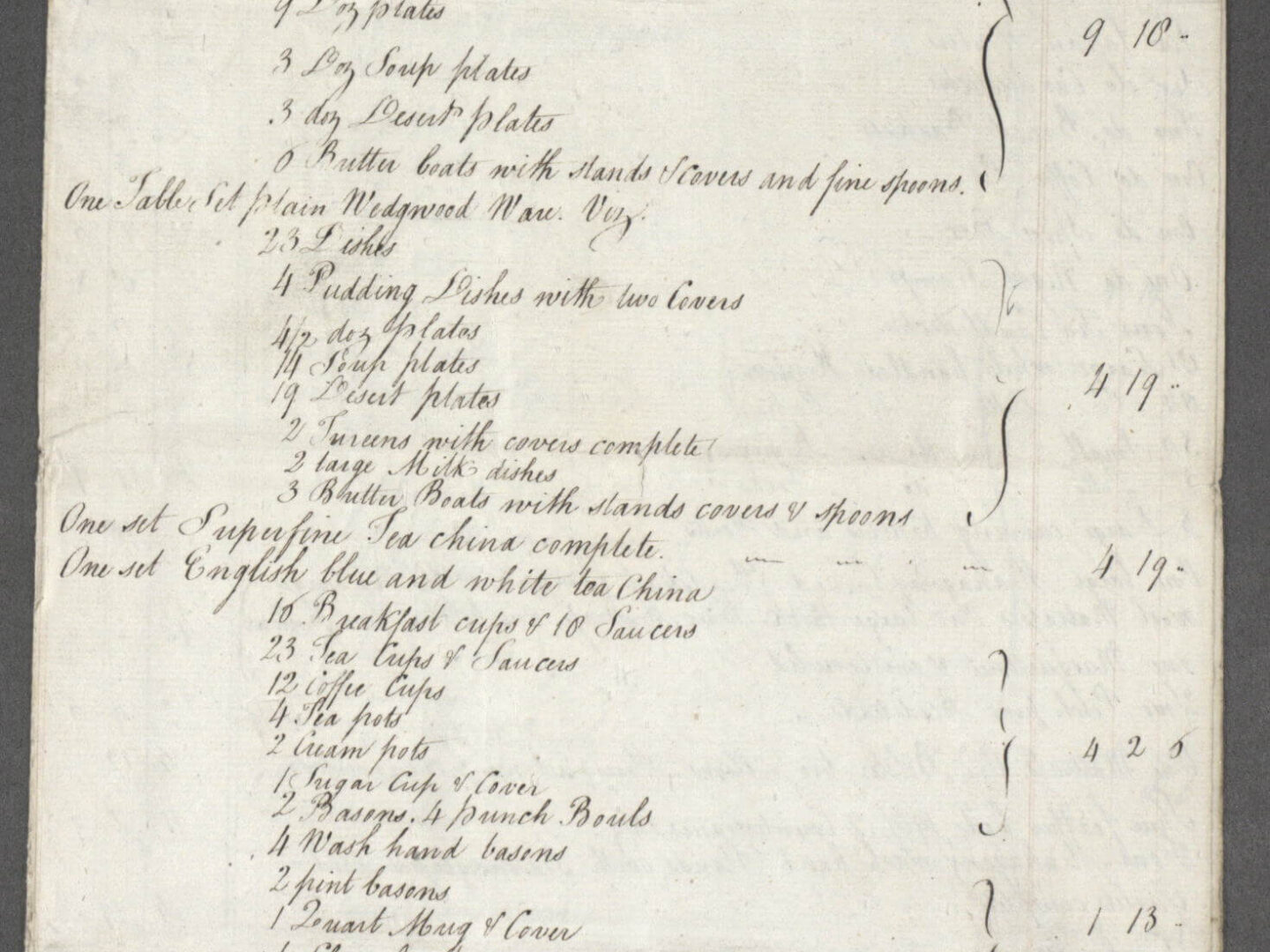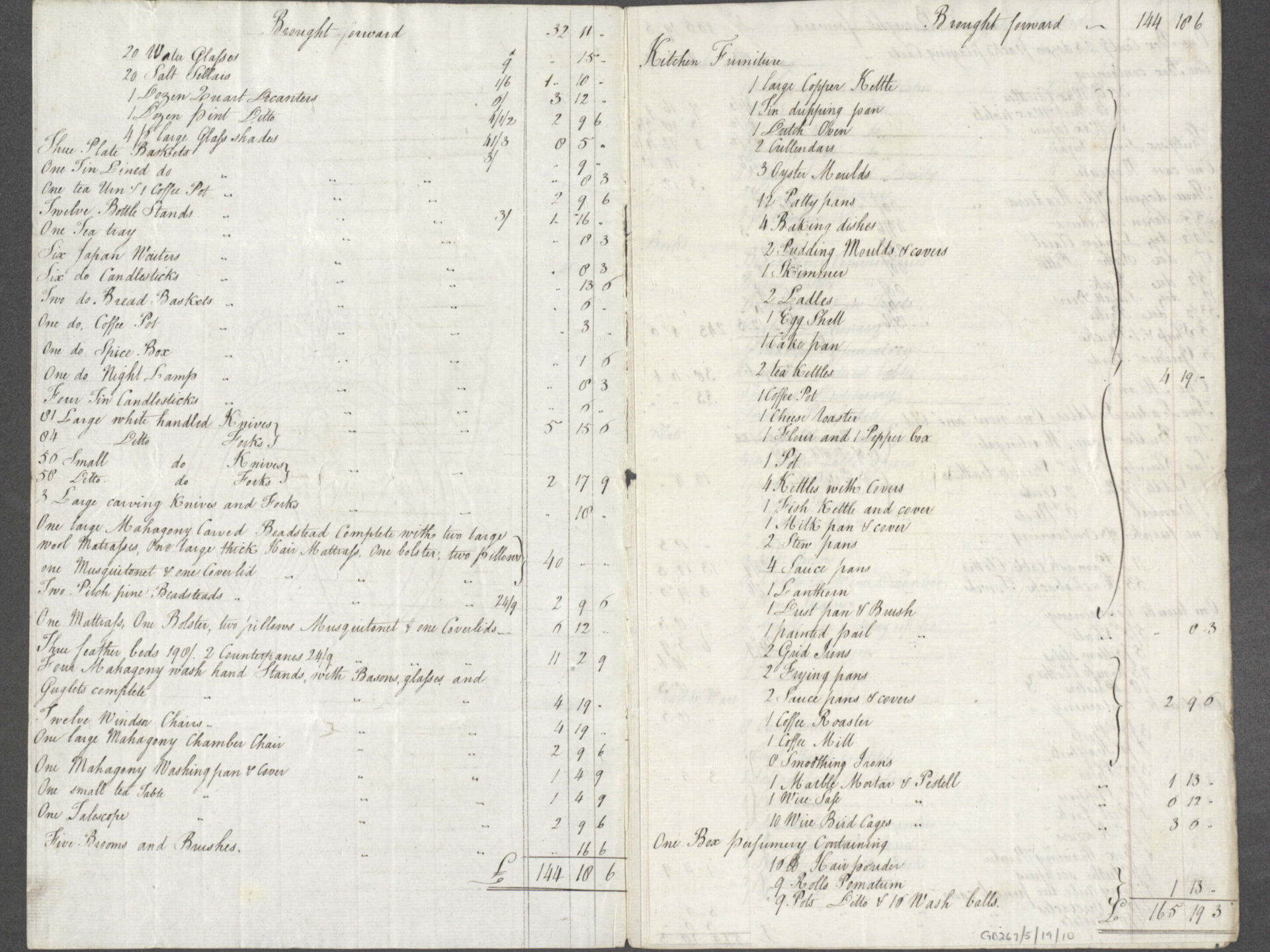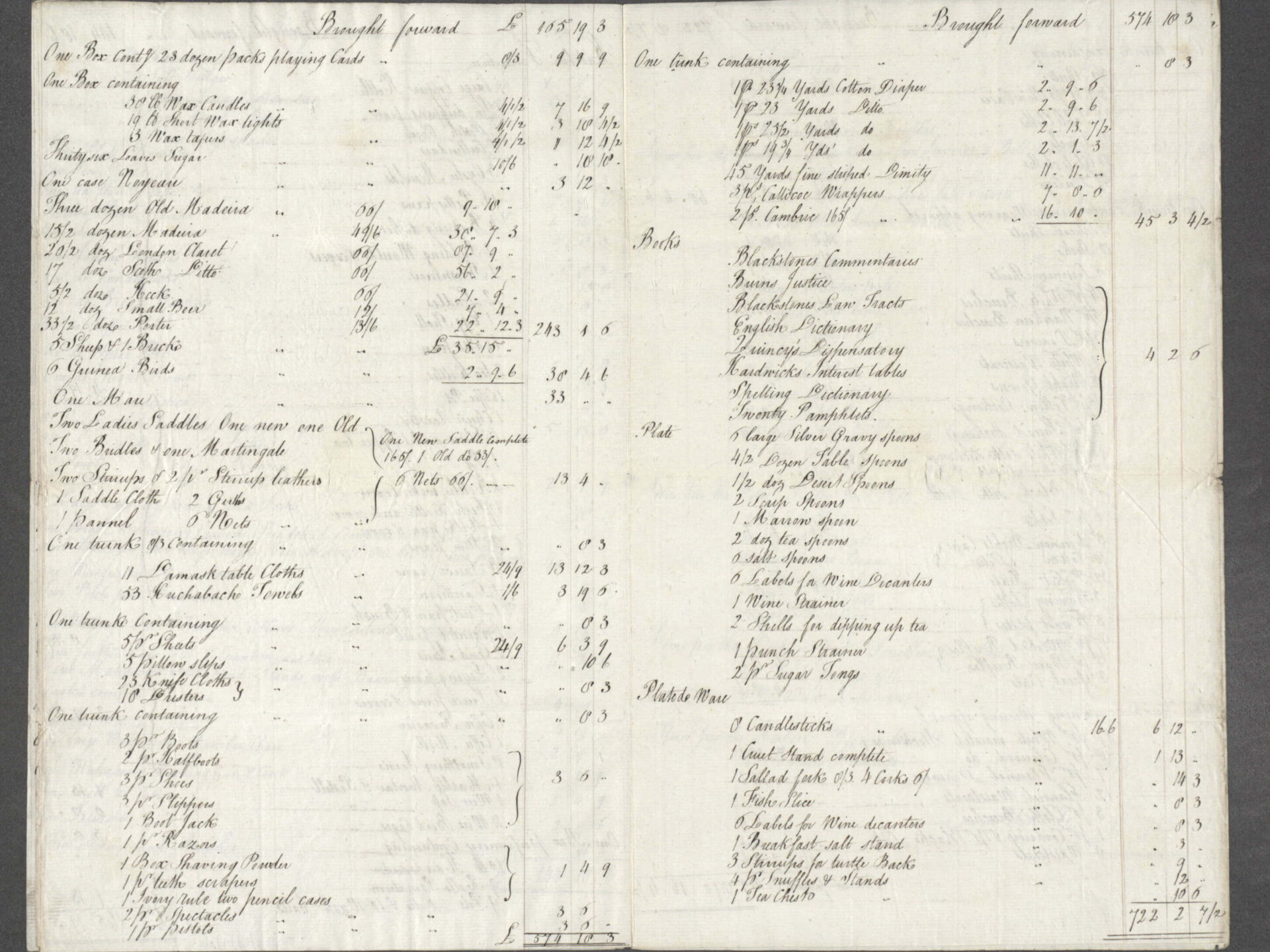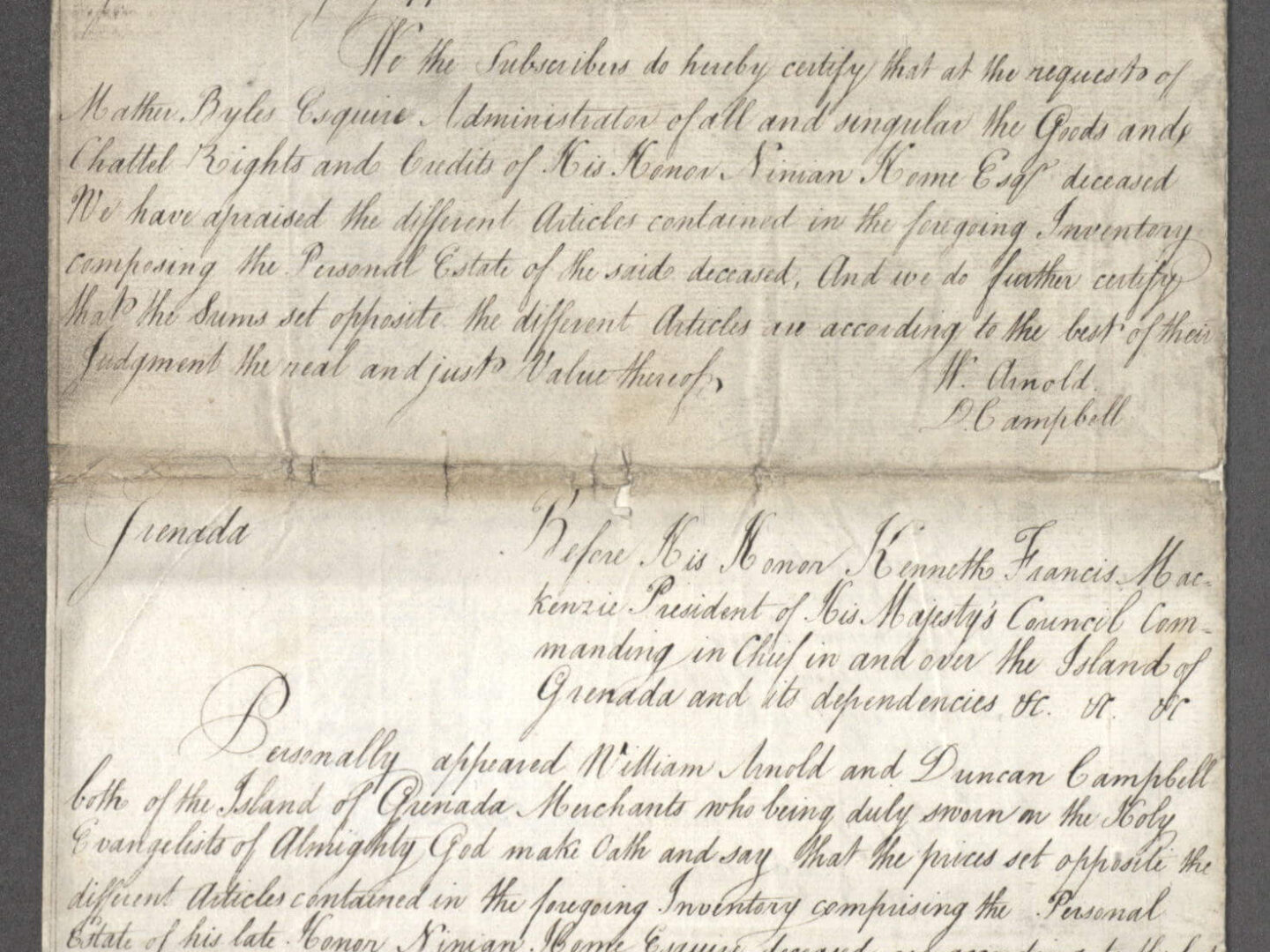Ninian and Penelope Home and their Furniture
In 1774, Ninian and Penelope began commissioning Thomas Chippendale Snr’s firm to furnish Paxton House focusing initially on the bedrooms, then by 1776 the Dining Room. They continued commissioning furniture intermittently until 1789-91 when Thomas Chippendale Jnr designed and furnished the Drawing Room at Paxton.
The Chippendale firm supplied not only beds, clothes presses (early wardrobes), linen airers, commodes, chests of drawers, and a wide variety of tables and seated furniture, but also soft furnishings such as curtains, bedding, rugs, and even glasses, bowls, and chamber pots.
The Chippendale commission for Paxton was the largest in Scotland and one of the largest in the world. It was uniquely commissioned by Ninian in a ‘neat and plain’ and ‘neat & substantially good’ style. Superb quality mahogany was selected and the furniture was decorated with restrained, elegant carving in the neoclassical style – quite different from the embellished and frequently gilded rococo fashion which characterises earlier work by Chippendale.
In Grenada, the Homes had at least seven pieces of fine mahogany furniture, most likely supplied by the Chippendale firm – the only documented supplier of furniture to the family. These items would have been shipped to Grenada from Britain along with linen, bedding, and all the items needed for a house. A valuation inventory drawn up in 1796 (NRS GD267/5/19/10) listed everything that remained at Waltham after Ninian was killed, including:
Chippendale also supplied Windsor chairs to Patrick Home. The other items are likely to be very similar to the examples in the Principal Bedroom (Easy Chair), Alcove and Portico Bedrooms (shaving tables / washstands), and the Drawing Room (tea tables). Most of the items that had a practical use were probably sold to other households in Grenada.
Ninian’s possessions in Grenada (including goods such as ‘English blue and white china’, ‘plain wedgwood ware’, trunks of clothing, and food stores including 40 barrels of herring) were valued at £2589 14s ‘current money of this Island’ (25th July 1795).




